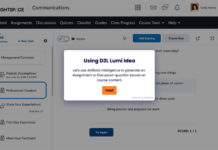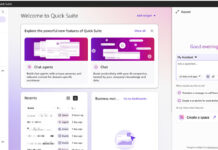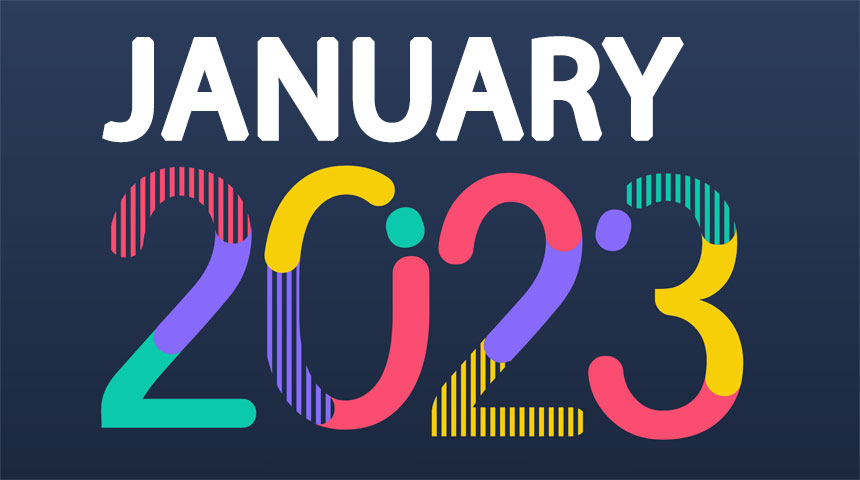IBL News | New York
Existing data infrastructures in higher education institutions are outdated and disorganized, while these organizations are struggling to implement data governance systems and are lagging behind the adoption of AI and big data analytics products.
These are conclusions that Educause researchers found in a recent Horizon Report 54-pages report focused on Data and Analytics.
Another key finding points to the fact that higher education institutions are increasingly asked to support decisions with data.
The 2022 EDUCAUSE Horizon Report Data and Analytics Edition highlights that this data-focused culture presents challenges when serving students. “Only measurement matters has become a common catchphrase as institutions are increasingly being asked to adhere to data-drive decision-making processes,” concludes the report.
The economic environment is adding more pressure on Academia’s managers. : “Public opinion on the value and ROI of a traditional college degree has continued on a downward trend, and underfunded and understaffed institutions lack the data and analytics capabilities for measuring and reporting compelling evidence of their value to skeptical consumers. New for-profit alternative credentialing centers have risen to meet the demand for education and training, and their advanced analytics capabilities enable them to identify and target learner preferences and needs. ”
In this context, some institutions are investing, even creating chief data officer positions and reorganizing roles. In this regard, Educause’s Horizon Report suggests that “the CIO needs to envision ways to retrain IT staff with emerging skills in data ops and retool IT departments with technologies necessary to deliver a modern architecture.”
In addition, “the institutional researcher needs to play a leadership role in data literacy work. And the chief academic officer needs to encourage appropriate use of data to inform decisions related to faculty, curriculum, and students.”
Overall, experts agree that the approach that could best support institutional goals and business practices would be based on unifying data sources into a centralized data lake or connecting information systems that previously were “siloed” in different departments or offices.

 En Español
En Español











![OpenAI Released Apps that Work Inside ChatGPT and an SDK [Video]](https://iblnews.org/wp-content/uploads/2025/10/openaieventday-218x150.jpg)










